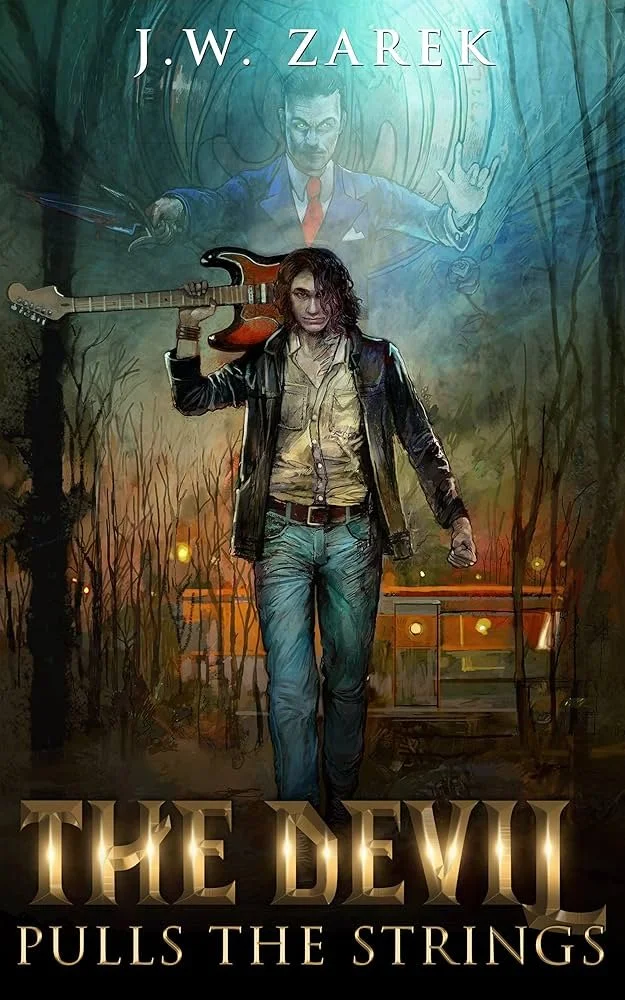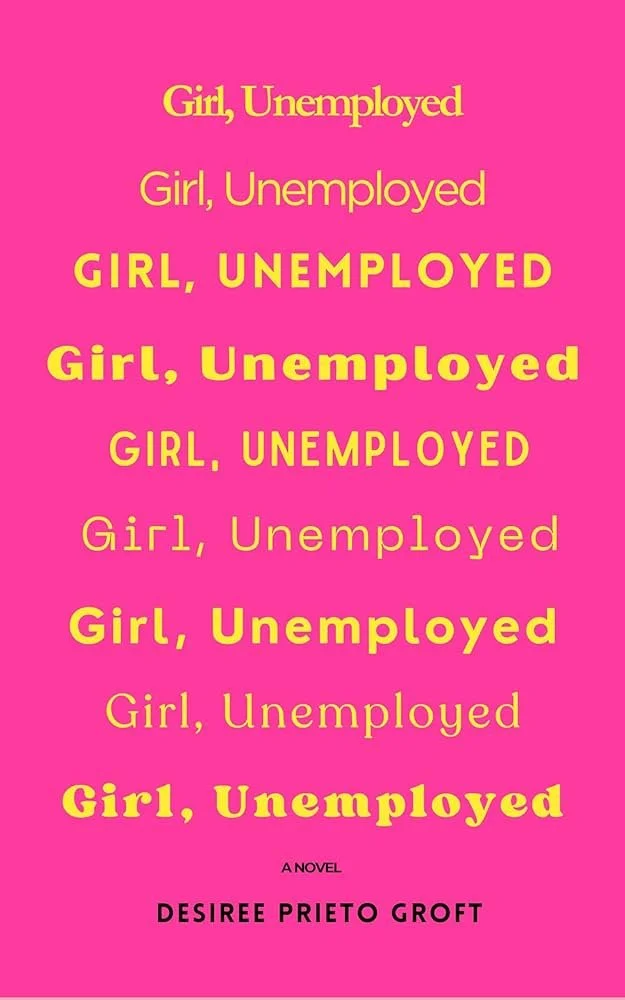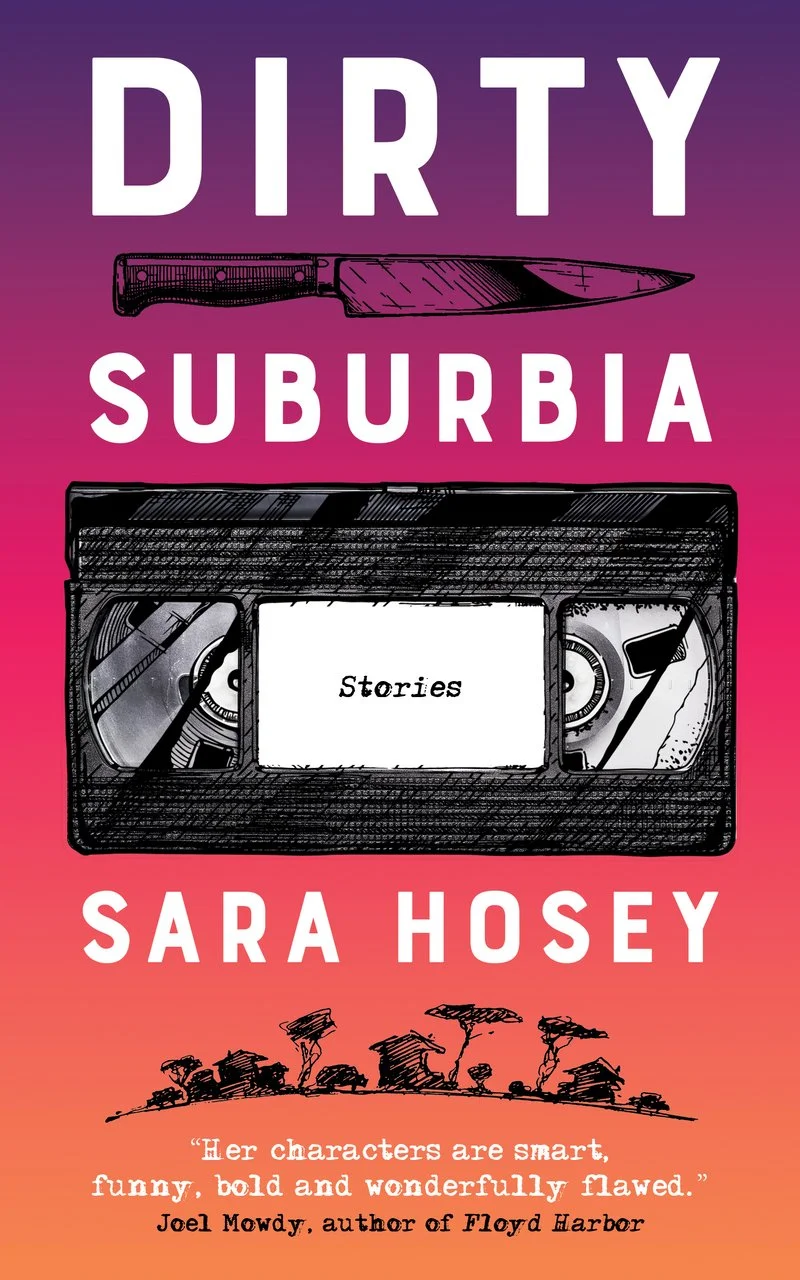The best books are the ones that swallow you, making you forget where you are. By creating a Gothic atmosphere, you can transport your readers to a whole new world with vampires and haunted mansions. The tricky part is making your story feel Gothic, so let’s explore what elements make up the atmosphere.
Success In the Press: The Devil Pulls the Strings by JW Zarek
2025 Shelley Book Awards Hall of Fame for Paranormal Fiction ★ 2021 Chanticleer Best Book Grand Prize Winner ★ First Place Ozma Award ★ First Place Cygnus Award
★
2025 Shelley Book Awards Hall of Fame for Paranormal Fiction ★ 2021 Chanticleer Best Book Grand Prize Winner ★ First Place Ozma Award ★ First Place Cygnus Award ★
““A remarkable paranormal tale that delivers plenty of plot developments, curious characters, and otherworldly things.” ”
From the Author: Boone Daniels has problems—crippling panic attacks, a childhood haunted by a wendigo, and the guilt of nearly killing his best friend in a joust. When he fills in at a New York gig, a meeting turns deadly: a body drops from a balcony, bullets fly, and Boone barely escapes with his life. In the chaos, he uncovers a plot to summon the Devil through a cursed Paganini piece—one that could trap Baba Yaga and destroy modern-day NYC. Now, pursued by steampunk vampires and guided by a Romani immortal, Boone must race through time to stop the melody and earn his redemption. All he ever wanted was to keep a promise to a friend—the same friend he almost killed last Sunday. Can a small-town Missouri musician outplay the supernatural and save NYC's soul?
Bragging Rights:
2025 Shelley Book Awards Hall of Fame for Paranormal Fiction
2021 Chanticleer Best Book Grand Prize Winner
First Place Ozma Award
First Place Cygnus Award
Adapted script:
Best American Script at 2024 Berlin Film Festival
Best TV Pilot Episode Script at 2024 London Film Festival.
Our Take: Fast-paced and richly imagined, The Devil Pulls the Strings blends history, myth, and music into a high-stakes urban fantasy with real emotional weight. As Boone Daniels stumbles into a world of cursed compositions and supernatural power struggles, his personal demons run as deep as the forces he’s up against. This is a story about guilt, redemption, and the threads of folklore that still tug at the modern world—perfect for readers drawn to layered mythologies and unconventional heroes.
From a Reader: “The author created an excellent worldbuilding […] you have a bit of everything: there is mythology, folklore, magic, immortal creatures, action, adventure, secret societies, time travel and many mysteries . So I never got bored. For me, this whole combination of elements was very original and epic!”
Success In the Press: Girl, Unemployed by Desiree Prieto Groft
#1 in New Releases for Single Women's Fiction ★ #3 in New Releases for Humor ★ #4 in New Releases for Women’s Humorous Fiction ★ #5 in Travel Humor
★
#1 in New Releases for Single Women's Fiction ★ #3 in New Releases for Humor ★ #4 in New Releases for Women’s Humorous Fiction ★ #5 in Travel Humor ★
From the Author: Entitled, politically incorrect Jessica Puente goes from princess to pauper overnight when she loses her fabulous jet-setting job in the Great Recession. Jess must come of age again, find a job, and overcome her hubris.
Jess crash-lands in her old-fashioned Spanish-speaking hometown of San Antonio, where she fights with old frenemies and her family. Bailing with partner-in-crime millennial Missy for New York City, Jess is sure that the Big Apple will provide the way back to the glamorous lifestyle she deserves. But in the new upside-down “gig” economy, Jess must compete for jobs, grad school, and a 115-square-foot guest room with the types of kids she used to babysit.
Settling into the historic hotel for women, Jess is shocked that World War I behavioral codes still rule. Her adventures don't quite measure up to her dreams as she resentfully grapples with choosing between what she wants and what she can afford.
Bragging Rights: Girl, Unemployed hit several Amazon Bestseller categories.
#1 in New Releases for Single Women’s Fiction
#3 in New Releases for Humor
#4 in New Releases for Women’s Humorous Fiction
#5 in Travel Humor
#51 in City Life Fiction
Our Take: Wry, sharp, and full of millennial chaos, Girl, Unemployed captures the disorienting freefall from glamor to grit with biting humor and cultural commentary. The book skewers job-hunting in the gig economy, intergenerational tensions, and the sobering realities of post-recession ambition—all while dragging a reluctant protagonist through self-inflicted disasters and unexpected moments of clarity. It’s a smart, witty coming-of-age-again story that will resonate with anyone who’s ever chased big dreams on a small budget.
From a Reader:
“Girl, Unemployed is a brilliant, witty, and refreshingly raw exploration of reinvention in a world that no longer plays by the old rules […] Groft delivers a mirror to our times—where the ones who thrive aren’t those who cling to the past, but those who dare to forge a new path, rooted in community and positive relationships.”
Shifting the Narrative: Writing from Unconventional Perspectives
If these walls could talk what would they say? What does your goldfish think about that? The eyes through which we see a story can change the story that we see. Writers often sink into POV comfort zones, but every once in a while changing up a POV choice can be a fun exercise or literary choice. Here are some fun new ways to switch up your perspective while writing.
Success In the Press: Dirty Suburbia by Sara Hosey
“Distinguished, engrossing, splendidly entertaining.” - Kirkus Reviews
★
“Distinguished, engrossing, splendidly entertaining.” - Kirkus Reviews ★
From the Author: Dirty suburbias are working-class neighborhoods in which girls who are left to fend for themselves sometimes become predators, as well as affluent communities in which women discover that money is no protection against sexism, both their own and others'.
One young woman sets up her abusive, cheating boyfriend, hoping he'll get arrested so that she can rescue him and win him back. A teenager arranges to meet up with an older man she's met online playing video games; she brings a knife with her, just in case. A middle-aged divorcee attempts to rekindle a romantic relationship with her high school English teacher, who happens to be a former nun. A struggling academic falls in love with a Henry David Thoreau impersonator, and a well-adjusted grad student goes home for Christmas only to be repulsed by her family's casual cruelty.
Despite the ugliness and injustice, they face, as well as the failures of their families and communities, these characters often find relief in friendship and connection, and sometimes, even discover meaning and cause for hope.
““Distinguished, engrossing, splendidly entertaining.””
Our Take: Gritty, intimate, and unflinching, Dirty Suburbia is a collection that lingers. These stories examine the quiet violence and fierce resilience of girls and women navigating spaces that should protect them—but often don’t. Sara Hosey writes with empathy and edge, offering a mirror to suburbia that’s cracked but deeply reflective. It’s a bold, clear-eyed exploration of power, survival, and the complicated ways women come of ageand come undone. Perfect for readers who love short fiction that’s sharp and bracingly real.
From a Reader: “The characters are devastating and wonderful and so familiar. […] The writing is mesmerizing, poetic, and gritty. It’s literary without ever being boring. Every story in this collection stomped on my heart and then picked it up and handed it back to me.”




